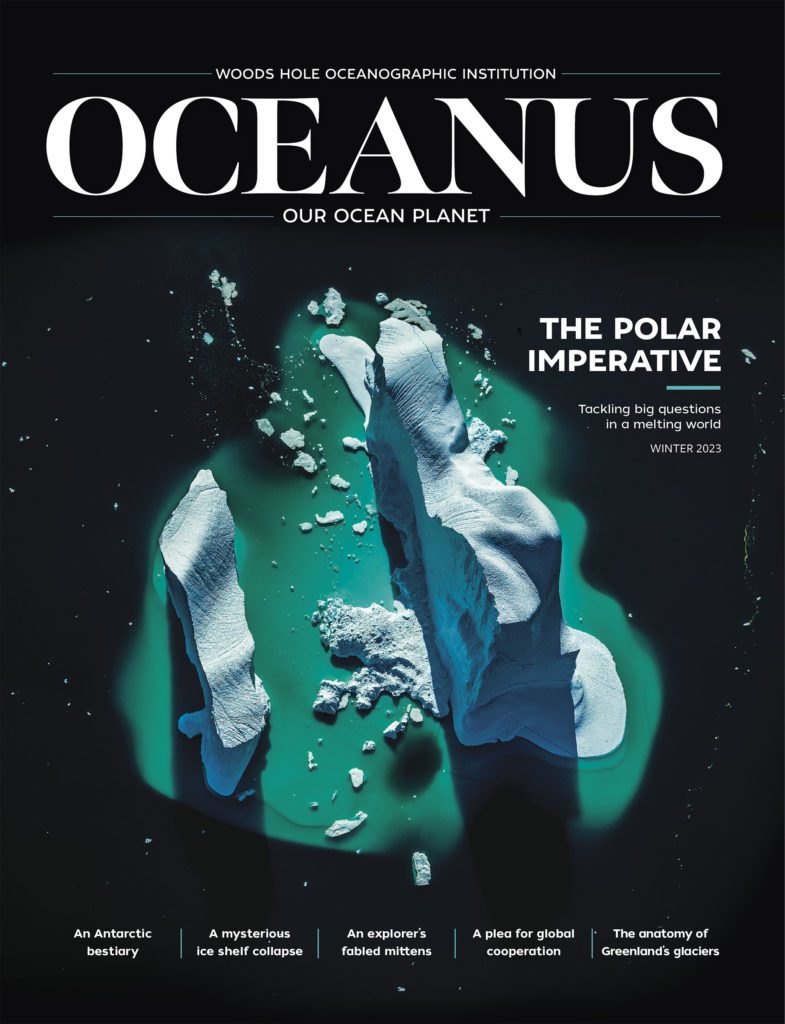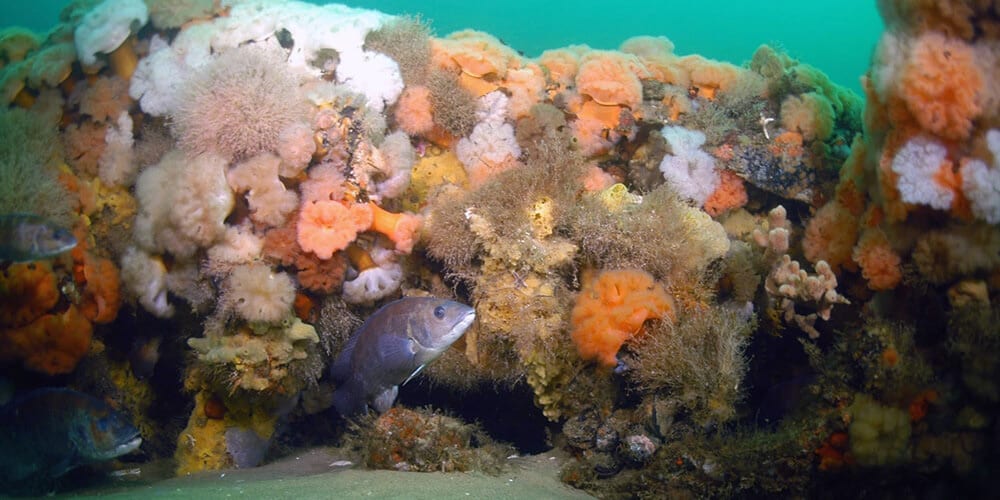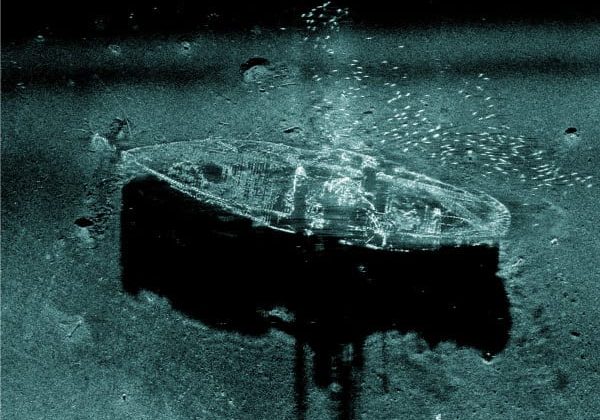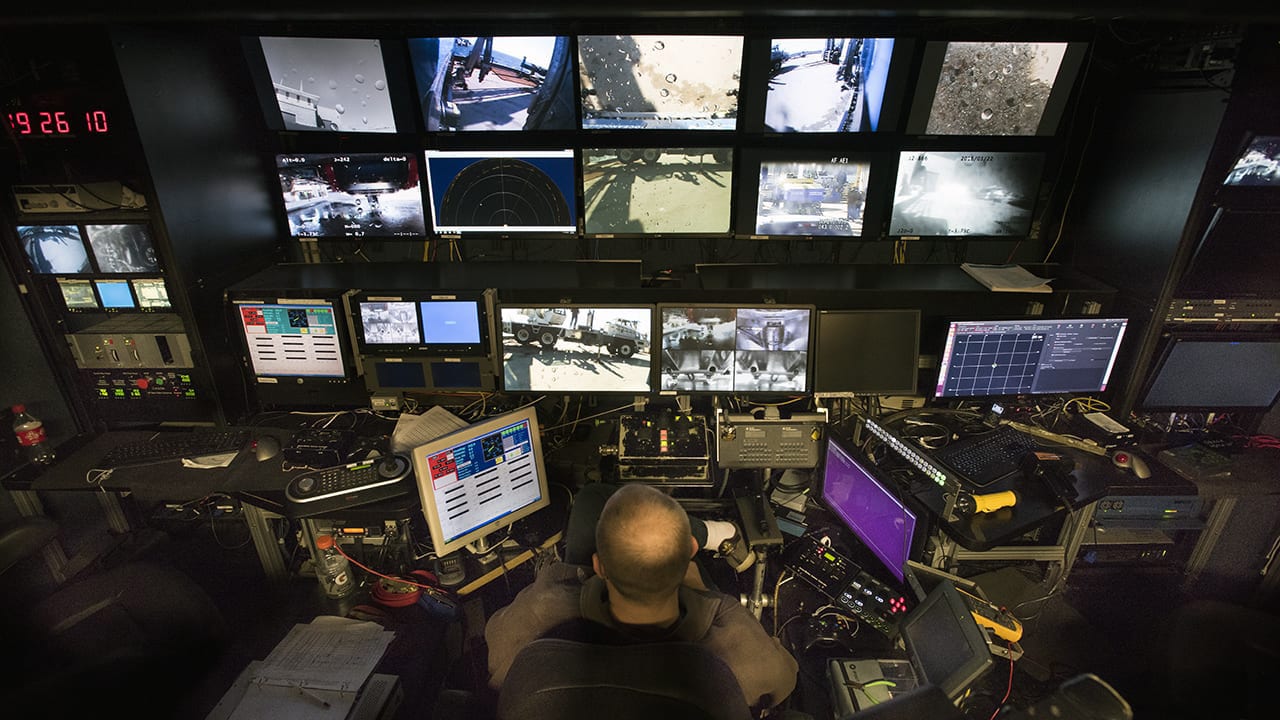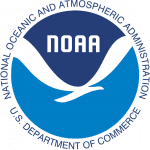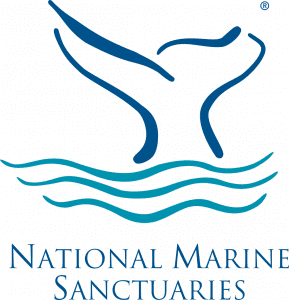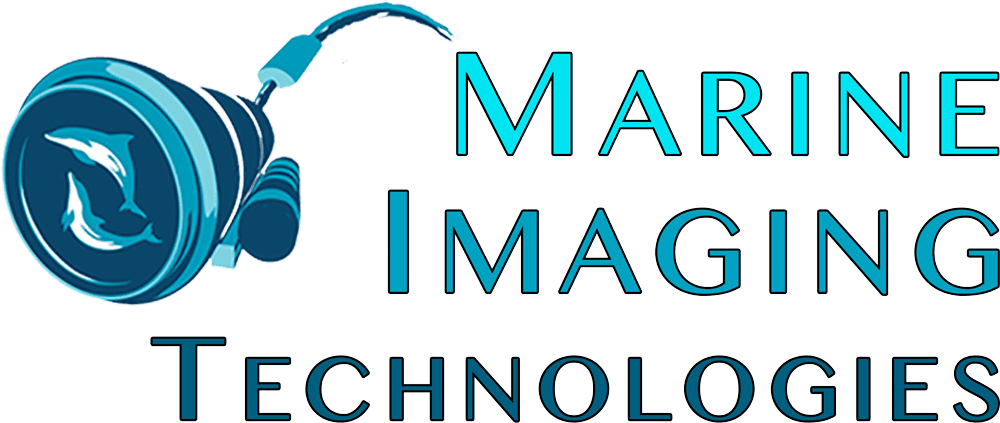Life and History of Stellwagen Bank National Marine Sanctuary
Expedition to Stellwagen Bank National Marine Sanctuary
Links to recordings of our live broadcasts in the Schedule
In the summer of 2020, WHOI teamed up with NOAA's Office of National Marine Sanctuaries, the University of Rhode Island's Inner Space Center, and Marine Imaging Technologies on a mission to explore the undersea life and maritime heritage of Stellwagen Bank National Marine Sanctuary. Live ship-to-shore broadcasts will give you a behind-the-scenes look at an oceanographic research expedition in action, as well as a close-up view of one of our nation’s defining undersea features.
Stellwagen Bank is an underwater plateau off the coast of Boston, laid down after the last Ice Age, that has defined human activity in New England for hundreds of years, and life in the ocean there for millennia. Cold, nutrient-rich water rises up the side of the bank and mixes with warm water at the surface to create a biological hotspot—and one of the most productive fishing and feeding grounds in the world.
For hundreds of years, these fisheries and the abundant seafloor life that support them helped shape the early maritime history of the region. Today, it is known as one of the best places in the world to see whales, including the critically endangered North Atlantic right whale.
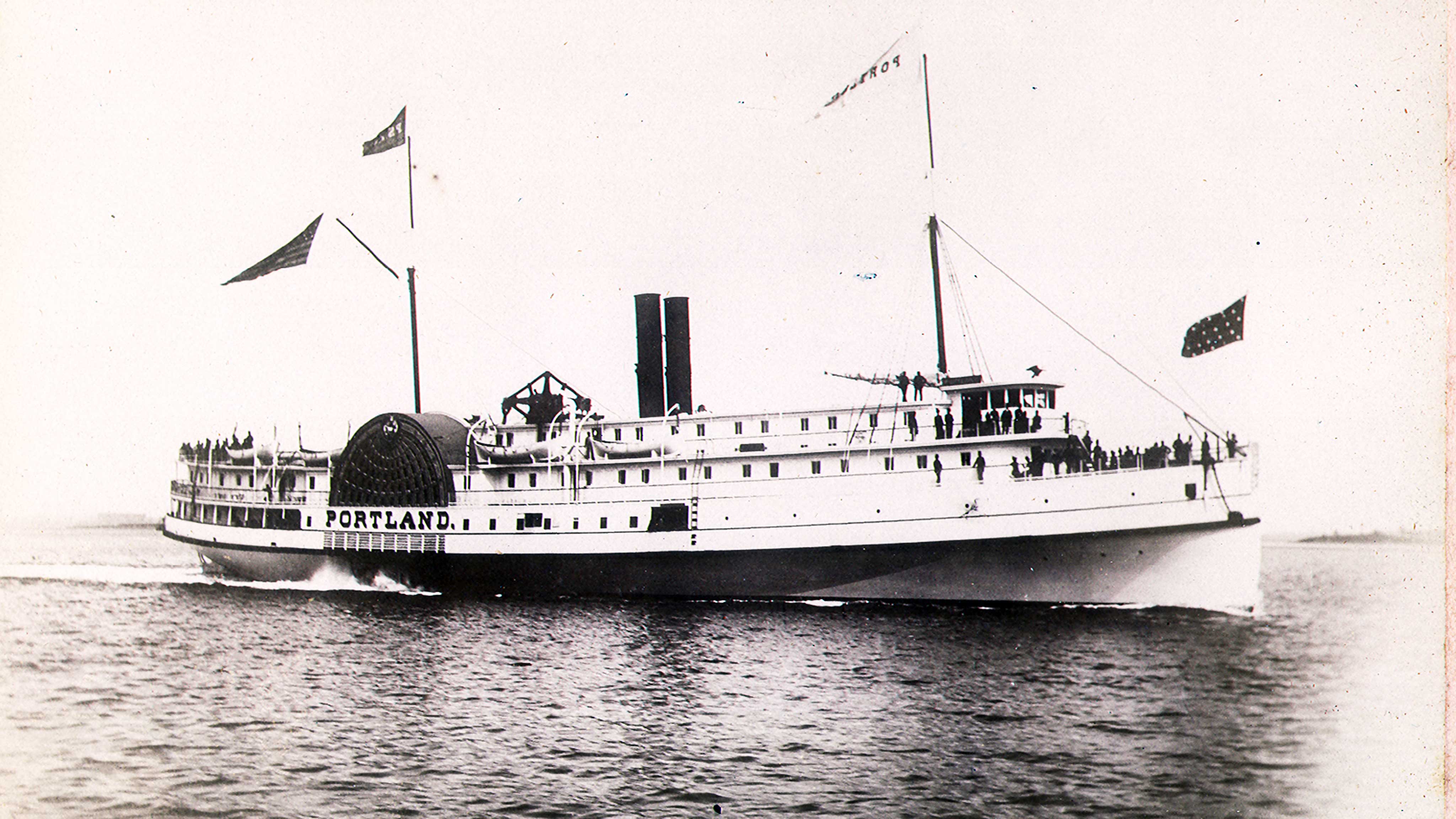
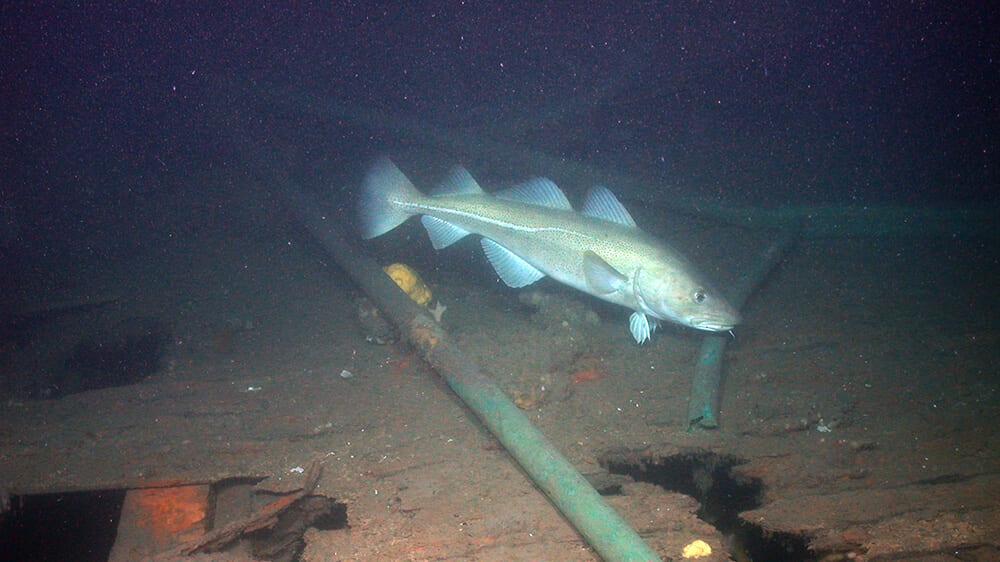
The shallow waters of the bank also create treacherous conditions that change unexpectedly and have led to numerous shipwrecks that dot the seafloor. One of these is the wreck of the steamship Portland, sometimes known as the “Titanic of New England,” which sank in an infamous gale of November 1898 named after the ship.
Since NOAA confirmed the location of the wreck of the Portland in 2002, it has become a link to the nation’s shared maritime heritage as well as a testament to the region’s biological productivity. The expedition to return to the wreck will explore both aspects of the wreck’s importance and will help document changes that have occurred since its discovery and will hopefully provide greater insight into why the ship sank.
LIVE Broadcast Schedule
All broadcasts are 45 minutes in length and include the opportunity to submit questions online or by speaking directly with our researchers (classroom broadcasts only). See some of our 2019 broadcasts here.
Teachers and camp counselors: Sign up to participate in our live classroom broadcasts via Exploring by the Seat of Your Pants.
Members of the general public: You can tune in live on this page and on WHOI's Facebook and YouTube pages.
Tuesday, August 25
New Life After Tragedy: Exploring the Shipwreck Portland
11:30 a.m. EST: Watch recording from Exploring by the Seat of Your Pants
2:30 p.m. EST: Watch recording from WHOI's Facebook page
6:30 p.m. EST: Watch recording from WHOI's Facebook page
Wednesday, August 26
The Case of the Mystery Schooner: Exploring an Unidentified Shipwreck in Stellwagen Bank National Marine Sanctuary
11:30 a.m. EST: Watch recording from Exploring by the Seat of Your Pants
2:30 p.m. EST: Watch recording from WHOI's Facebook page
6:30 p.m. EST: Watch recording from WHOI's Facebook page
Thursday, August 27
The Case of the Mystery Schooner: Exploring an Unidentified Shipwreck in Stellwagen Bank National Marine Sanctuary
11:30 a.m. EST: Watch recording from Exploring by the Seat of Your Pants
2:30 p.m. EST: Watch recording from WHOI's Facebook page
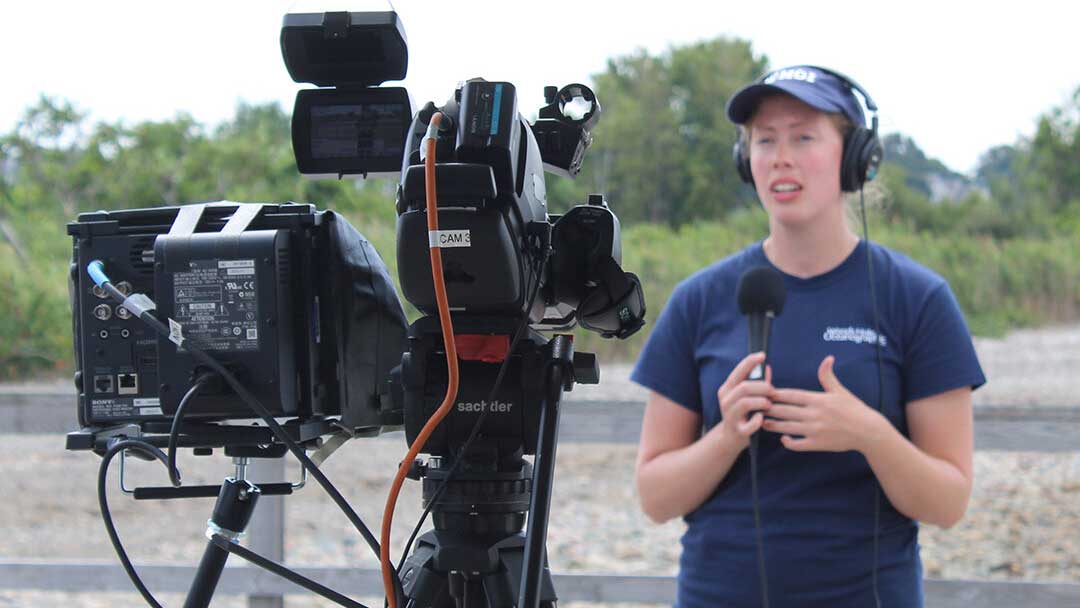
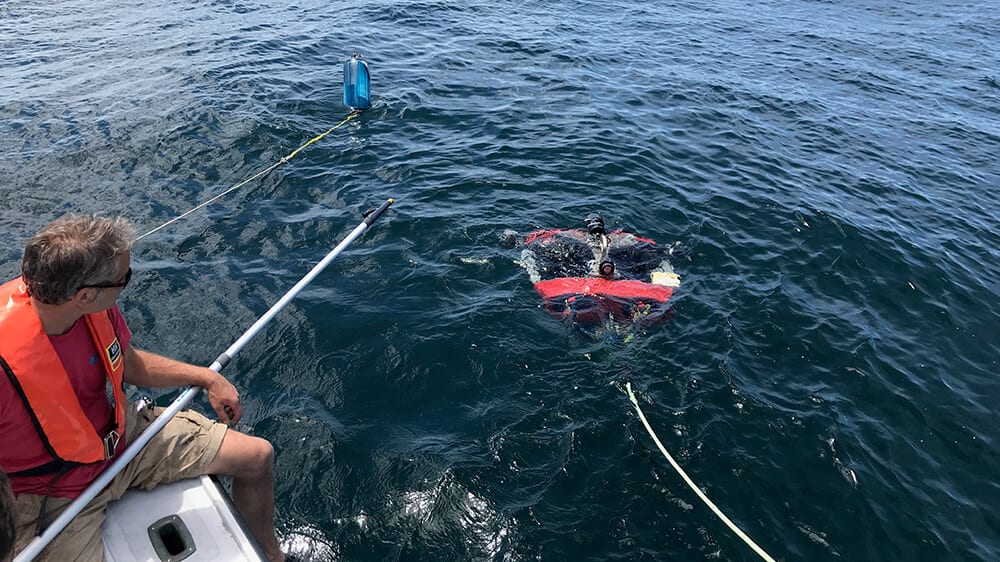

Principal Team Members
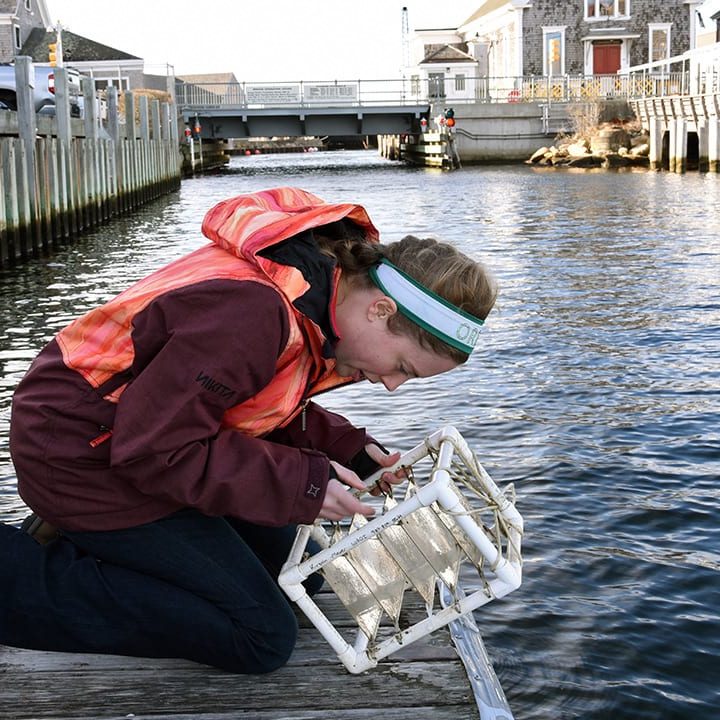
WHOI’s Kirstin Meyer-Kaiser will be the chief scientist on the expedition and will be studying the ecological communities on the wrecks, as well as the differences between species found on wrecks and those found elsewhere on the seafloor.
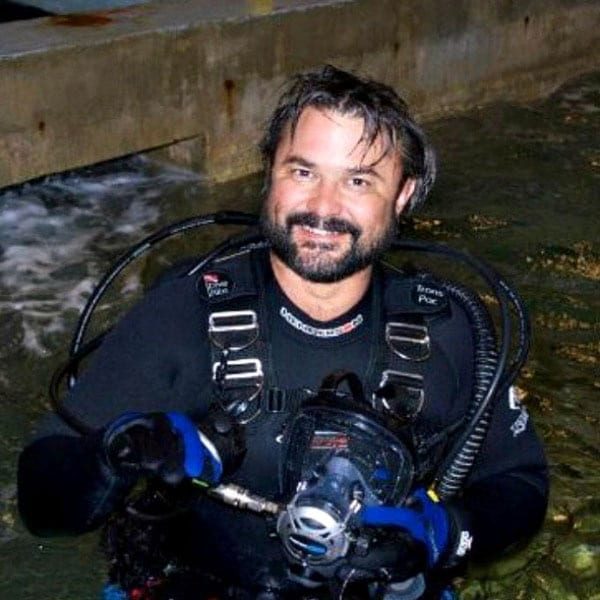
Calvin Mires, a WHOI research associate, professor at Bridgewater State University and co-founder of the Seafaring Education and Maritime Archaeological Heritage Program, will serve as the team’s lead maritime archaeologist and will be directing surveys of the wrecks.
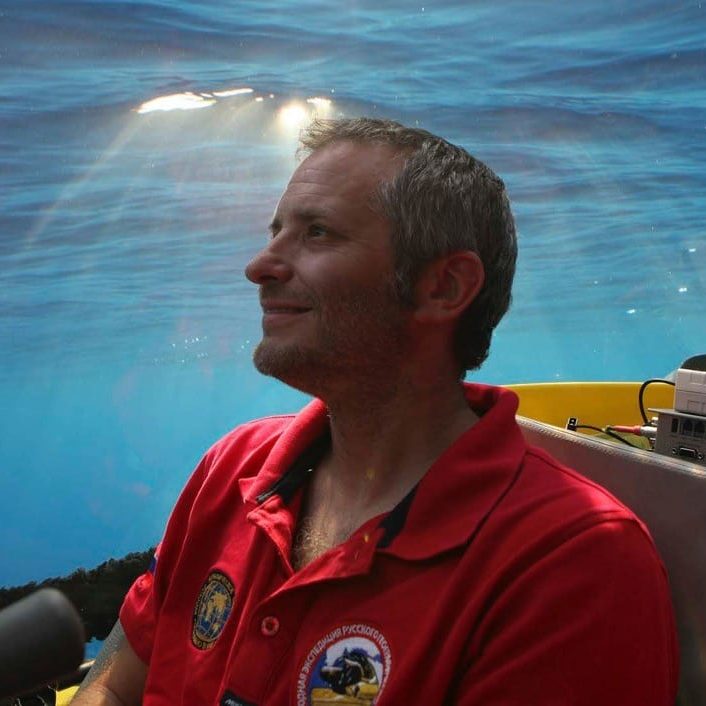
Founder and CEO of Marine Imaging Technologies Evan Kovacs will work with the ROV team to collect imagery, samples, and photogrammetric data of the wrecks.
Biology
In addition to providing a window into the past, the shipwrecks of Stellwagen Bank are home to a remarkable number and diversity of marine species that makeup the region’s rich underwater world. The primary scientific research goal for this mission is to document both the diversity and abundance of species that live on and around these wrecks. Scientists will then compare what lives on each of the shipwrecks to what inhabits natural hard-bottom ecosystems nearby. In addition, they will compare changes to the shipwreck ecosystems that have occurred over time and evaluate some of the forces behind those changes.
Archaeology
The primary archaeological goal of the project is to assess the current state of several of the more than 200 wrecks in the sanctuary. Target wrecks for the 2020 field season include the steamship Portland, which is listed on the National Register of Historic Places, and an unidentified wreck of a coal-carrying schooner—one of seven unnamed colliers in the sanctuary. These surveys will help maritime historians better understand the last moments aboard each ship before it sank and their importance as archaeological sites, as well as the factors contributing to their gradual change over time.
Outreach
A live feed throughout the expedition via the Inner Space Center at the University of Rhode Island and presentations by the team on the ship will give visitors a rare look at life on and around the wreck site of the Portland and other shipwrecks of the sanctuary. Live interactions with classrooms, camps, and other venues around the country will give students and the public the opportunity to interact with members of the expedition and to learn about the unique relationship between the human and natural world of Stellwagen Bank Sanctuary.
Technology
The research team will employ a variety of innovative marine technologies during the expedition. Pixel, a cinema-class remotely operated vehicle (ROV) will record stunning ultra-high resolution imagery and will bring samples from the seafloor back to the surface. In addition, a specially designed penetrator ROV known as "Taz" will maneuver into the wrecks to learn even more about their fate and their role in the ocean ecosystem. The team will also assemble three-dimensional photogrammetric models to measure and assess the condition of the wrecks, and will record 360° video to create virtual underwater tours of these unique and historic sites.
Educational Activities for Students and Teachers
In the News
- Exploring Stellwagen Bank National Marine Sanctuary: Putting it All Together
National Marine Educators Association, 9/7/2020 - Woods Hole researchers livestream underwater shipwreck exploration
Boston 25 News (Associated Press), 8/26/2020 - The Case of the Mystery Schooner
National Marine Educators Association, 8/26/2020 - Researchers Explore Steamship That Sank Off Massachusetts Coast In 1898
WBZ (CBS) channel 4, Boston, 8/25/2020 - New Life After Tragedy: Exploring the Shipwreck Portland
National Marine Educators Association, 8/25/2020 - Scientists Live-Stream Exploration of Shipwrecks
WCAI, 8/25/2020 - Scientists returning to site of 1898 shipwreck off Mass. waters that killed more than 190 people
The Boston Globe, 8/24/2020 - Follow Dives on Stellwagen Wrecks
Divernet, 8/24/2020 - Shipwreck Exploration To Be Livestreamed
Bourne Enterprise, 8/21/2020 - Researchers plan internet broadcast for S.S. Portland wreck
The Patriot Ledger (Quincy, Mass.), 8/20/2020 - New Expedition Will Explore the 1898 Shipwreck Known as ‘New England’s Titanic’—And You Can Livestream It
Mental Floss, 8/20/2020
